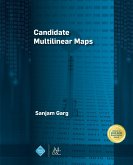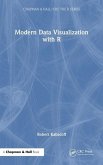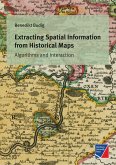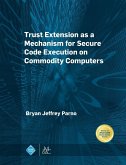The aim of cryptography is to design primitives and protocols that withstand adversarial behavior. Information theoretic cryptography, how-so-ever desirable, is extremely restrictive and most non-trivial cryptographic tasks are known to be information theoretically impossible. In order to realize sophisticated cryptographic primitives, we forgo information theoretic security and assume limitations on what can be efficiently computed. In other words we attempt to build secure systems conditioned on some computational intractability assumption such as factoring, discrete log, decisional Diffie-Hellman, learning with errors, and many more. In this work, based on the 2013 ACM Doctoral Dissertation Award-winning thesis, we put forth new plausible lattice-based constructions with properties that approximate the sought after multilinear maps. The multilinear analog of the decision Diffie-Hellman problem appears to be hard in our construction, and this allows for their use in cryptography. These constructions open doors to providing solutions to a number of important open problems.
Hinweis: Dieser Artikel kann nur an eine deutsche Lieferadresse ausgeliefert werden.
Hinweis: Dieser Artikel kann nur an eine deutsche Lieferadresse ausgeliefert werden.








